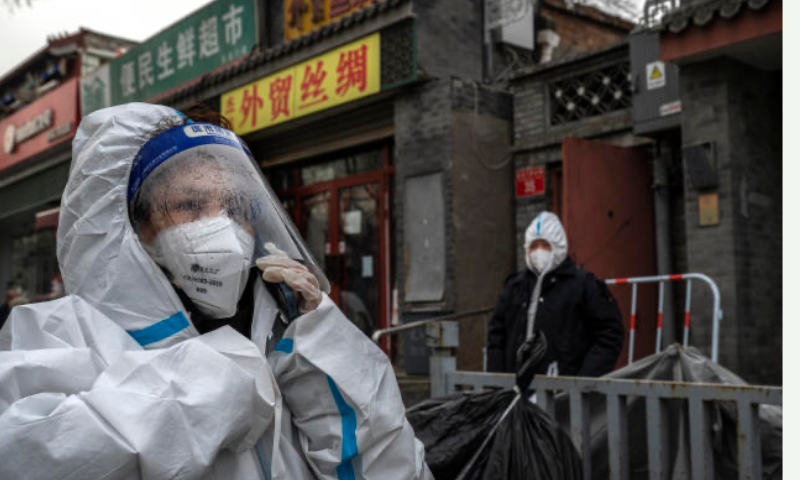Nathaniel Taplin
WSJ, Dec. 6, 2022
“China is finally edging away from testing and quarantining as its primary methods for dealing with Covid-19. The rest of its healthcare infrastructure will have to gear up quickly.”
China is finally edging away from the suite of zero-Covid policies that suppressed the virus for much of the past three years. What that will mean for the broader economy remains uncertain, but one thing is for sure: The healthcare industry will need to scramble to adapt. A more permissive stance toward the spread of Covid-19 will create big health sector winners and losers.
With a large dollop of luck and an aggressive campaign to vaccinate the elderly and stockpile anti-viral treatments, China may yet escape a wave of fatalities on the scale that most Western countries experienced in 2020 and 2021. But even under the rosiest assumptions, the shift toward living with the virus will entail a sea change in health-related spending from testing and quarantine to vaccination and treatment.
Markets are already beginning to price that in: Shares of Ping An Healthcare & Technology, which provides remote healthcare services, have risen by close to 50% in Hong Kong since the end of November. In the medium term, more Covid-related morbidity also seems likely to boost households’ spending on health insurance—in turn driving their propensity to consumer-healthcare services.
China’s very high number of citizens over 80—only around half of whom have received a booster shot—makes time of the essence. But there are also some potential “magic bullets” within China’s reach that could help mitigate the collateral damage from the disease’s spread this winter and next year. The first is Pfizer’s anti-viral drug Paxlovid, which has been shown to be highly effective at heading off severe cases, and which China began importing this spring. A study published in Nature Medicine in May indicated that if all of China’s symptomatic Covid patients were treated with Paxlovid in a hypothetical uncontrolled Omicron outbreak, intensive-care admissions and fatalities could be reduced by 89%. … [To read the full article, click here]


